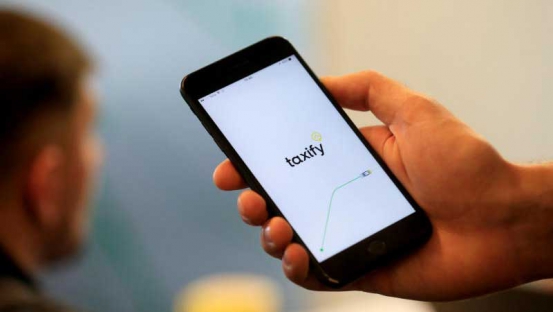×
The Standard e-Paper
Read Offline Anywhere

The key to success for ride sharers is keeping drivers happy so they run the app ensuring enough cars to meet passenger demand.
Estonia upstart Taxify is hoping to win over drivers and take on giant Uber by offering a larger share of the profit.